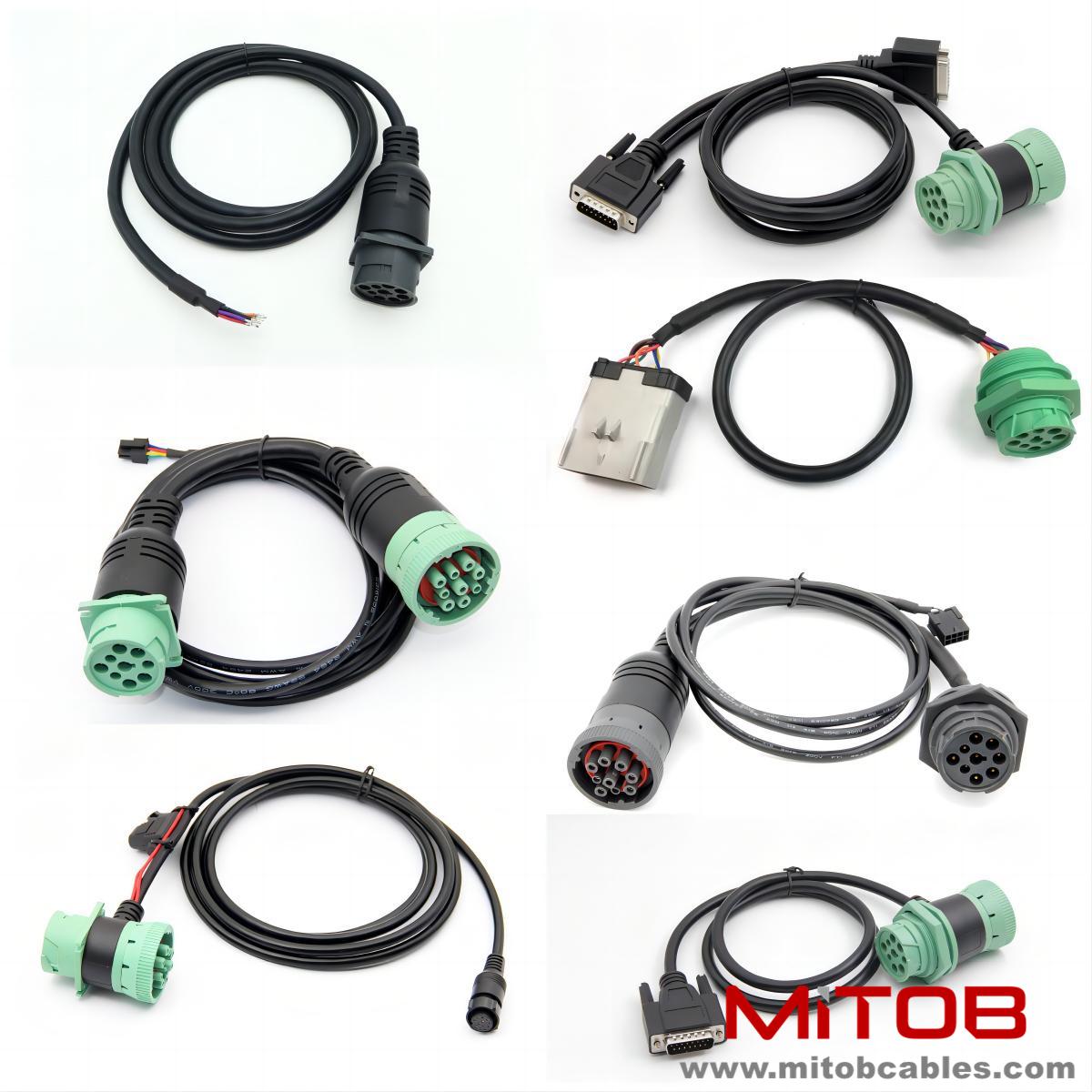How J1939 cables empower communication in new energy vehicles
In new energy vehicles, J1939 cables mainly support SAE J1939 communication protocol to achieve power system control, battery management, vehicle diagnosis, and cross system collaboration. Its core application scenarios include hybrid power system control, pure electric vehicle battery management, intelligent connected vehicle communication, and vehicle network optimization.

Technical principle: How J1939 protocol empowers communication for new energy vehicles
SAE J1939 is a high-level protocol based on the CAN bus (Controller Area Network), designed specifically for commercial vehicles and complex onboard networks. Its core features include:
High speed communication capability: The recommended baud rate is 250kbps, which supports real-time data exchange and meets the latency sensitive requirements of power systems, battery management, and other systems.
Standardized message structure: Define parameter group number (PGN) through a 29 bit extended CAN identifier to achieve modular transmission of signals (such as sensor readings) and parameter groups (PG), improving data parsing efficiency.
Priority and Arbitration Mechanism: Non destructive arbitration is adopted, and high priority messages (such as emergency braking signals) can interrupt low priority transmissions to ensure that critical instructions are executed first.
Network management function: supports dynamic address allocation, node wake-up and sleep, and adapts to the collaborative working scenario of multiple electronic control units (ECUs) in new energy vehicles.
Contact: Kevin
Phone: 0086-18823374992
E-mail: kevin@mitobcable.com
Whatsapp:
Add: Bld B2, Floor7 , Xinghe Zhongkai AI Industrial Park, Zhongkai High-tech Zone, Huizhou,China